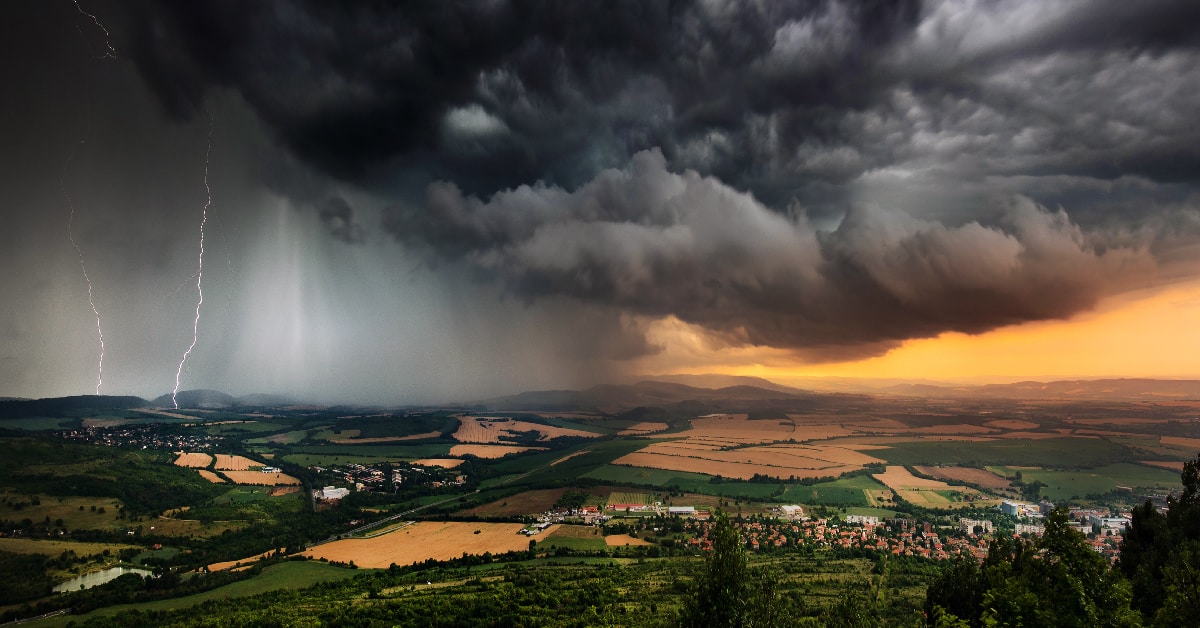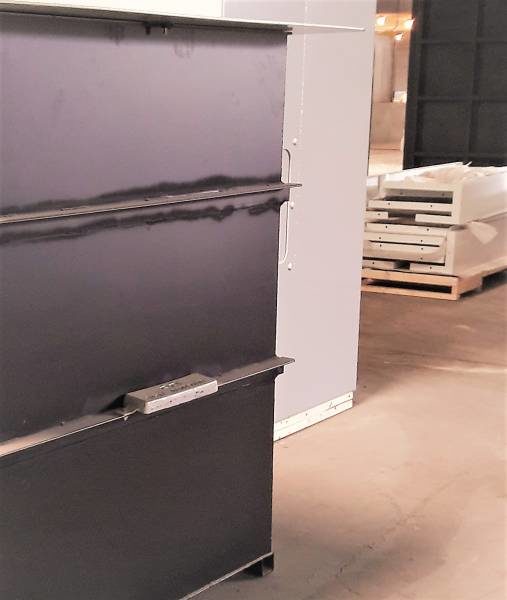CATEGORIES:
Below Ground Storm Shelters: What to Expect
May 5, 2017

Residential storm shelters have come a long way in the last several years. These days, if someone is talking about their storm shelter, often, they are referring to an above ground structure that is located inside the garage or home for easy access. That’s not to say that the below ground shelters are becoming obsolete. When weighing the pros and cons of which shelter is safer and easier to enter for the elderly, the handicapped, children, and pets, it is safe to say that the above ground shelters win. For those who are still set on the underground shelters, there are some things to consider before installation.
First, depending on where you live, the water table (the level below in which the ground stays saturated with water) in your area might be too high to bury a storm shelter underground. You can ask local or state government to help determine how high or how low the water table is in your area. Burying your storm shelter with a high water table could result in your shelter filling with water.
Another concern with installing storm shelters below surface is the amount of rock that could be hidden beneath the dirt. Sometimes, what is below the surface isn’t revealed until we start digging. The whole process could take more time and money than many people want to spend.
Finally, rust can occur unless the below ground storm shelter is equipped with a zinc covering and a sacrificial zinc anode to help prevent the steel shelter from being attacked with corrosion.




